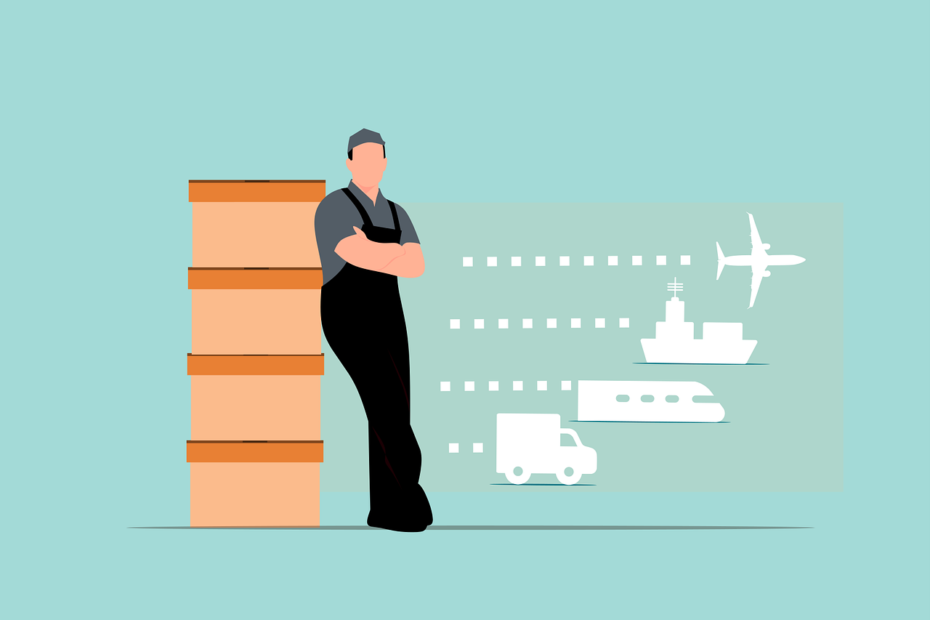Introduction: Begin by explaining blockchain’s decentralized and immutable ledger technology. Highlight how supply chains, often prone to inefficiencies and lack of transparency, benefit from blockchain.
1. Background: Blockchain Technology in Brief
- Definition and Key Components: Introduce blockchain with key terms like distributed ledgers, encryption, and consensus mechanisms.
- Historical Context: Outline blockchain’s evolution, including its origins in cryptocurrency and move into other sectors like logistics.
2. Traditional Challenges in Supply Chains
- Data Fragmentation: Elaborate on how various systems in logistics create data silos and information gaps.
- Transparency and Accountability: Address issues with visibility across multi-stakeholder supply chains.
- Fraud and Counterfeit Prevention: Describe challenges with verifying goods and preventing counterfeits, especially in industries like pharmaceuticals.
- Compliance Across Borders: Explain the difficulty of adhering to varied international standards.
3. Blockchain’s Solution to Key Supply Chain Issues
- Improved Transparency and Traceability: Show how blockchain offers product traceability from origin to end-user, helping with product recalls and verifying authenticity.
- Smart Contracts: Explain how automated contracts streamline processes such as payments and reduce the need for intermediaries.
- Enhanced Security and Data Integrity: Detail how blockchain’s cryptographic features prevent tampering and enhance security across networks.
4. Practical Blockchain Applications and Case Studies
- IBM and Maersk’s TradeLens Platform: Discuss how this blockchain-based platform provides a shared view of shipping events, reducing paperwork and delays.
- Walmart’s Food Traceability: Explain Walmart’s blockchain use in tracking produce, ensuring food safety, and responding quickly to contamination.
- Everledger and Diamond Verification: Outline how Everledger uses blockchain to verify diamond authenticity and eliminate conflict gems.
5. Industry-Specific Impacts
- Automotive Supply Chains: Explore how car manufacturers use blockchain for real-time parts tracking and to verify parts' authenticity.
- Healthcare and Pharmaceuticals: Discuss blockchain’s role in securing drug shipments, ensuring quality, and tracing product origins to prevent counterfeits.
- Consumer Goods: Highlight blockchain’s use in tracking products' origins to meet ethical sourcing standards and build consumer trust.
6. Benefits of Blockchain in Supply Chains
- Enhanced Efficiency: Detail how blockchain reduces paperwork, enables real-time data exchange, and optimizes processes.
- Risk Management: Explain how real-time tracking aids in reducing loss, theft, and damage.
- Cost Savings: Discuss reduced reliance on intermediaries, lowered transaction costs, and streamlined processes.
7. Integration with Emerging Technologies
- IoT (Internet of Things): Describe IoT-enabled sensors for real-time data collection and how blockchain secures this data.
- AI and Machine Learning: Explain how AI can analyze blockchain data to optimize routes, inventory management, and demand forecasting.
8. Challenges to Adoption
- Scalability: Address issues related to transaction speed and scalability for large supply chains.
- Standardization and Interoperability: Explain the need for standardized protocols to enable blockchain interoperability across companies.
- Regulatory Hurdles: Discuss compliance challenges with blockchain due to varying regulations and international standards.
9. Future Prospects of Blockchain in Supply Chains
- Innovations on the Horizon: Mention emerging blockchain platforms designed for scalability, integration with quantum computing, or energy-efficient consensus.
- Predicted Adoption Trends: Explore forecasts for industry-wide adoption, potential disruptions, and innovations.
- Possible Roadblocks: Reflect on potential obstacles, like resistance to change and the costs associated with new technology.
Conclusion Summarize how blockchain’s decentralized and secure nature addresses traditional supply chain challenges and transforms logistics, paving the way for an efficient, transparent, and resilient global trade network.
